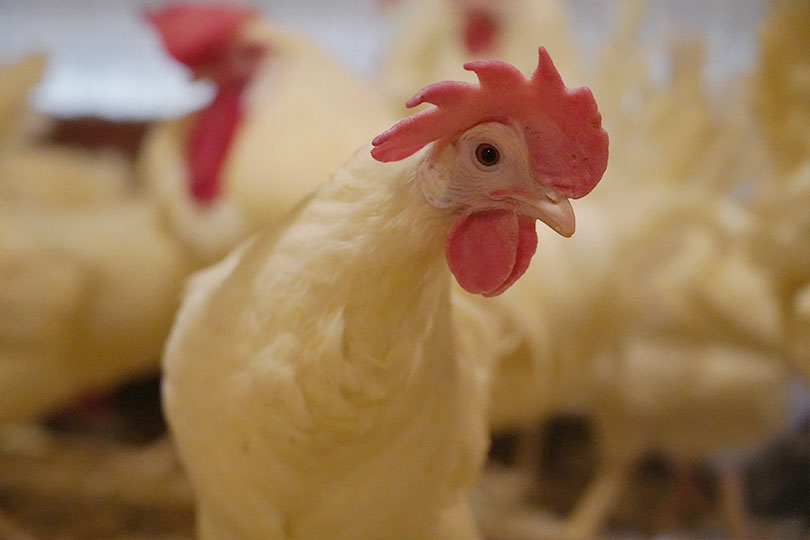A vaccination for poultry could be possible to help combat avian influenza, but there are challenges to a nationwide vaccination strategy.
The U.S. Department of Agriculture (USDA) is investing significant resources to fight highly pathogenic avian influenza (HPAI) through a five-pronged strategy, including $100 million into research and development of a vaccine.
American Farm Bureau Federation Economist Bernt Nelson said the ultimate goal of any vaccination against bird flu is protecting supply chains.
“So, when we think about these vaccines, more than 30 countries have now implemented some sort of a vaccine strategy since 2005,” he said. “Historically, when countries have done this, this has caused some major trade issues. Importing countries have a concern. They don’t want to risk an imported bird spreading the virus into the local flocks or wildlife.”
In addition to trade issues, vaccines pose a logistical challenge.
“One of the biggest limiting factors of implementing a vaccine strategy to poultry is that the only vaccines available have to be injected at least two to three times, and with our egg laying flock sitting at about 375 million birds, that’s just not feasible with the labor that’s needed,” Nelson said.
Nelson noted the infections are beginning to ease.
“Kind of looking at a slowdown this time of the year when we think about what’s happening with our migratory birds, the migrations have slowed down. We’re in nesting season, so there’s a lot less bird movement, and thus we have a lot lower case load of avian influenza,” Nelson said. “That’s about normal for this time of the year. We have had one major detection in the past, you know, week or two, and that was 700,000 egg layers in South Dakota.”
USDA is also using funds for biosecurity measures to reduce the impact of avian influenza on poultry production across the country.
USDA will use $500 million to expand its Wildlife Biosecurity Assessments to growers across the nation, beginning with egg-layer facilities, to protect domestic birds from wild birds transmitting HPAI. Biosecurity audits also will be expanded, and USDA will deploy 20 trained epidemiologists to help growers reduce HPAI risk at their facilities.
The agency also will share up to 75% of the costs to fix the highest risk biosecurity concerns identified by the assessments and audits, up to $400 million.
USDA noted new programs are being explored to aid farmers to accelerate the rate of repopulation.
Full details on USDA’s five-pronged strategy can be found here.


Leave A Comment